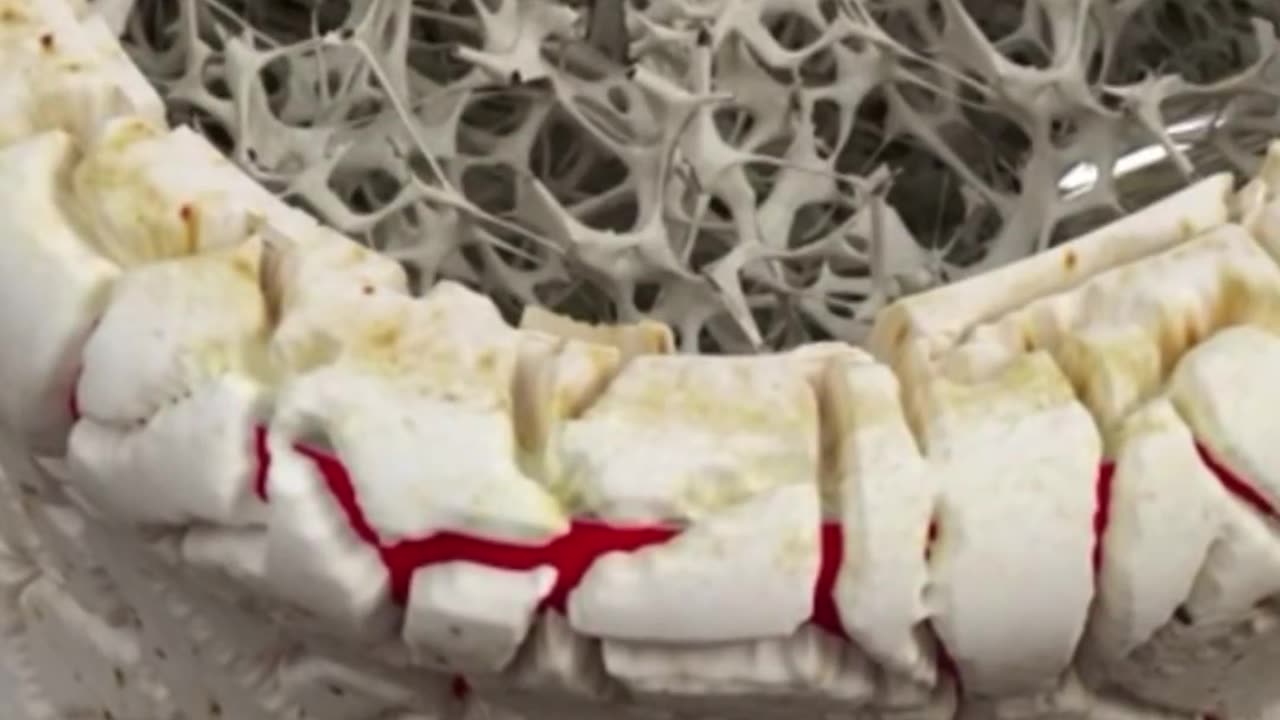Premium Only Content

Surgery for lumbar compression fracture
Surgical intervention is required when neurologic dysfunction and/or instability occurs as a result of the lumbar fracture.
Neurologic problems may manifest in many ways. Reduced leg strength (paresis) or complete weakness (paralysis) is an obvious problem. Loss of sensation in the lower extremities and in the perianal area (saddle anesthesia) can be just as important. Urinary retention and urinary and fecal incontinence are very important signs that indicate the need for emergency surgery.
Vertebroplasty has been available for many years. This procedure involves injecting a form of cement polymer into the fractured vertebral body. The vertebral body then has better resistance to physiologic loads when the patient is upright, thus decreasing the amount of pain associated with the fracture. The procedure may be performed with the patient under local or general anesthesia. A percutaneous trocar or large needle is introduced into the fractured body through the pedicle, and the cement is injected. Fluoroscopy is used to guide the surgeon for correct localization.
-
 3:56:44
3:56:44
Alex Zedra
12 hours agoLIVE! Trying to get achievements in Devour
182K26 -
 2:00:43
2:00:43
The Quartering
15 hours agoThe MAGA Wars Have Begun! Vivek & Elon Get Massive Backlash & Much More
196K73 -
 1:25:53
1:25:53
Kim Iversen
3 days agoStriking Back: Taking on the ADL’s Anti-Free Speech Agenda
127K106 -
 49:35
49:35
Donald Trump Jr.
19 hours agoA New Golden Age: Countdown to Inauguration Day | TRIGGERED Ep.202
242K207 -
 1:14:34
1:14:34
Michael Franzese
18 hours agoWhat's Behind Biden's Shocking Death Row Pardons?
91K50 -
 9:49
9:49
Tundra Tactical
16 hours ago $28.00 earnedThe Best Tundra Clips from 2024 Part 1.
173K13 -
 1:05:19
1:05:19
Sarah Westall
16 hours agoDying to Be Thin: Ozempic & Obesity, Shedding Massive Weight Safely Using GLP-1 Receptors, Dr. Kazer
137K36 -
 54:38
54:38
LFA TV
1 day agoThe Resistance Is Gone | Trumpet Daily 12.26.24 7PM EST
92.9K13 -
 58:14
58:14
theDaily302
1 day agoThe Daily 302- Tim Ballard
85.1K14 -
 13:22
13:22
Stephen Gardner
19 hours ago🔥You'll NEVER Believe what Trump wants NOW!!
132K368